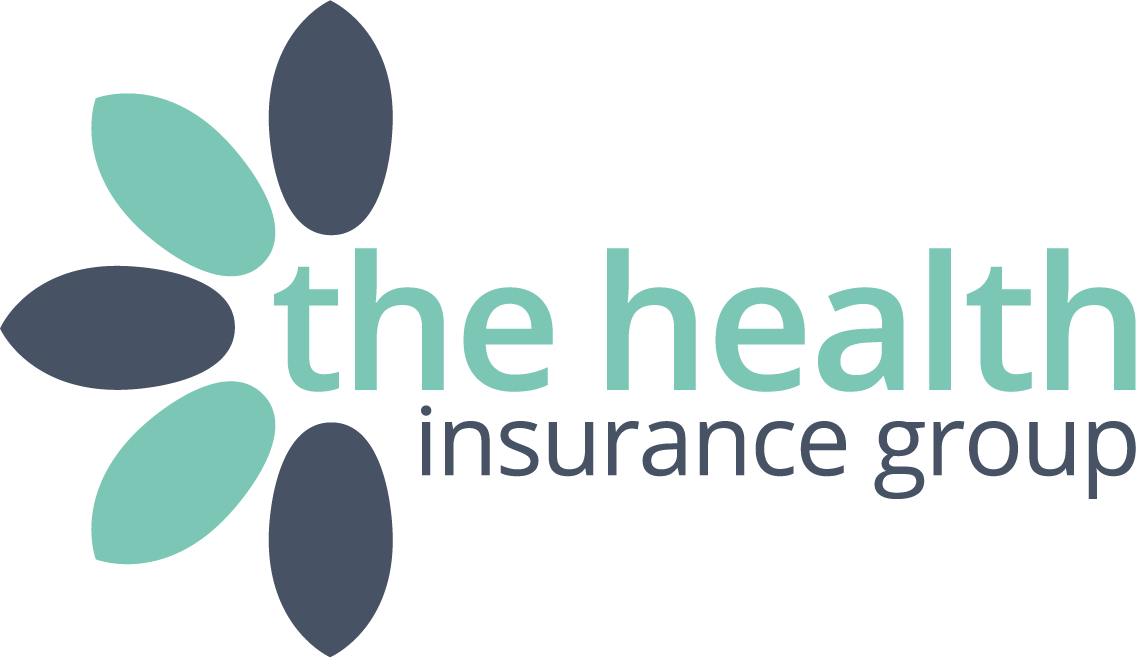nxtgen blog
We provide a wide range of professional services to meet your needs. We promise to provide every service with a smile and to your highest level of satisfaction.
nxtgen wills blog

Life insurance is a financial tool designed to provide a measure of financial security for your loved ones in the event of your death. Here are some reasons why having life insurance can be important: Financial Protection for Dependents: If you have dependents, such as a spouse, children, or aging parents who rely on your income, life insurance can provide them with financial support after your death. It can help replace the lost income and maintain their standard of living. Covering Outstanding Debts: Life insurance can be used to pay off outstanding debts, such as a mortgage, car loans, or credit card balances. This ensures that your loved ones won't be burdened by financial obligations in your absence. Funeral and Final Expenses: The cost of a funeral and other final expenses can be significant. Life insurance proceeds can be used to cover these costs, relieving your family of the financial burden during an already difficult time. Estate Planning: Life insurance can play a role in estate planning by providing liquidity to cover estate taxes and other expenses. It can help ensure that your assets are passed on to your heirs without the need to sell them to cover financial obligations. Business Continuity: If you own a business or are a key employee in a business, life insurance can be used to provide funds for the business to continue operating smoothly in the event of your death. This is often referred to as key person insurance. Peace of Mind: Knowing that your loved ones are financially protected in the event of your death can provide peace of mind. It can be a crucial component of your overall financial plan, helping to secure your family's future. Affordability: Life insurance premiums are often more affordable when you are young and healthy. By getting life insurance early, you can lock in lower rates and potentially save money over the long term. It's important to note that the need for life insurance can vary based on individual circumstances. Factors such as your age, health, financial situation, and the needs of your dependents will influence the type and amount of life insurance that is appropriate for you. Consulting with out partner at The Health Insurance Group will help you determine the best approach based on your specific situation and goals.

In today’s fast-paced work environment, organisations recognise the importance of providing comprehensive support to their employees. An effective Employee Assistance Program (EAP) can promote employee well-being, satisfaction, and productivity. Product designers should incorporate the latest technologies to create meaningful engagement when designing an EAP. This article explores critical areas to consider when developing an EAP that leverages technology for enhanced employee engagement. Additionally, it highlights the importance of promoting the EAP within a broader benefits package, as standalone EAPs tend to have higher usage rates. 1. Holistic Approach to Well-being: A successful EAP should address various aspects of employee well-being, including physical, mental, and emotional health. Designers should consider partnering with healthcare providers, mental health professionals, and wellness experts to offer comprehensive services. Incorporating digital platforms and mobile applications can facilitate easy access to resources, such as fitness tracking, mindfulness exercises, virtual counselling, and self-help tools. Employees can address their specific needs and improve their overall well-being by providing diverse resources. 2. Personalisation and Customisation: Technology allows for tailoring EAP offerings to individual employee's needs and preferences. Designers should create platforms that enable employees to personalise their experience, selecting resources and interventions that align with their specific challenges. Customisation fosters a sense of ownership and increases engagement, as employees feel their unique needs are being addressed. Features such as personalised goal setting, activity tracking, and content recommendations based on individual preferences can enhance the effectiveness of the EAP. 3. User-Friendly Interface: The success of any technology-driven product lies in its usability. Designers must prioritise creating intuitive and user-friendly interfaces for EAP platforms. A well-designed interface should make it effortless for employees to navigate, access resources, and find the support they need. User-centric design principles should guide development, such as clear information hierarchy, intuitive navigation, and responsive layouts. Regular user testing and feedback can help refine the interface and ensure optimal user experience. 4. Seamless Integration: To enhance engagement, an EAP should seamlessly integrate with existing technologies and communication channels within the organisation. This includes integration with HR systems, employee portals, collaboration tools, and communication platforms. Integration ensures easy access to EAP services, encourages participation and strengthens the employee experience. For example, integrating the EAP with an organisation’s intranet or HR portal allows employees to access resources and seek support without having to navigate multiple platforms. 5. Gamification and Rewards: Incorporating gamification elements into an EAP can significantly increase employee engagement. By turning wellness activities and mental health exercises into interactive and rewarding experiences, employees are more likely to participate consistently. Designers should consider incorporating leaderboards, badges, challenges, and rewards to encourage employees to engage with the program actively. Gamification adds an element of fun and competition, making the EAP more appealing and motivating for employees to improve their well-being. 6. Data Analytics and Insights: Leveraging technology allows for collecting and analysing valuable data to measure the effectiveness of an EAP. Designers should incorporate robust analytics tools that provide insights into program usage, employee feedback, and outcomes. These insights can guide program enhancements, identify trends, and measure the impact of the EAP on employee well-being and productivity. By analysing data, organisations can identify areas where additional support may be needed and make data-driven decisions to improve the program’s effectiveness. Specific Areas of an Employee Assistance Program: 1. Work-Life Balance: Work-life balance is a crucial aspect of employee well-being. EAPs offer guidance and resources to help employees manage their time effectively, set boundaries, and create a healthy equilibrium between work and personal life. 2. Relationships: EAPs support employees dealing with relationship issues, whether related to romantic partnerships, family dynamics, or conflicts with colleagues. Counselling services and resources can assist employees in navigating relationship challenges and improving their communication and interpersonal skills. 3. Health and Well-being: EAPs focus on promoting physical and mental health. They often provide resources for maintaining a healthy lifestyle, managing stress, improving sleep, practising mindfulness, and addressing mental health concerns. 4. Debt: Financial stress can significantly impact an employee’s well-being and productivity. EAPs may offer financial counselling and education to help employees manage debt, budget effectively, and plan for their financial future. 5. Disability and Illness: EAPs provide guidance and support for employees dealing with disabilities or chronic illnesses. They may offer resources on navigating healthcare systems, managing symptoms, accessing accommodations at work, and providing emotional support during challenging times. 6. Bereavement and Loss: Supporting employees through the grieving process is an essential component of an EAP. Resources may include counselling services, information on coping with loss, and guidance on supporting others who are grieving. 7. Stress: EAPs help employees manage and reduce stress levels. They provide tools and techniques for stress management, relaxation exercises, and guidance on maintaining a healthy work-life balance. 8. Life Events: EAPs assist employees in managing significant life events, such as marriage, divorce, relocation, or becoming a new parent. They provide information, counselling, and resources to help individuals navigate these transitions successfully. 9. Anxiety and Depression: EAPs address mental health concerns, including anxiety and depression. They provide confidential counselling services, mental health assessments, and access to appropriate treatment options. 10. Family Issues: EAPs offer support for a variety of family-related challenges, such as parenting issues, blended family dynamics, and communication problems. Counselling services and resources can help employees address these concerns effectively. 11. Bullying and Harassment: EAPs provide resources and support for employees who experience bullying or harassment in the workplace. They offer guidance on reporting incidents, coping strategies, and information on policies and procedures. 12. Consumer Rights: Employees can access information and support regarding consumer rights, such as guidance on dealing with financial institutions, resolving disputes, and understanding legal protections. 13. Workplace Pressure: EAPs provide resources and support for employees facing high levels of workplace pressure. This may include stress management techniques, conflict resolution strategies, and promoting a healthy work environment. By incorporating these specific areas into an EAP and leveraging technology to facilitate access and engagement, organisations can provide comprehensive support to employees, leading to improved well-being, productivity, and job satisfaction. Promoting Standalone EAPs within a Benefits Package: As an independent intermediary, we have found that stand alone EAPs have higher usage rates compared to those included in a broader benefits package. This is mainly due to differences in promotion and visibility. Standalone EAPs are actively communicated and heavily promoted to employees, highlighting their value and benefits. On the other hand, bundled EAPs may receive less attention and promotion. If a company purchases an EAP as part of a broader benefits package, it’s crucial to promote and communicate the program to employees effectively. Collaboration between designers and HR professionals is important to create targeted communication strategies emphasising the EAP’s value and role in supporting employee well-being. This can be done through email campaigns, newsletters, webinars, and interactive demos to educate employees about the program’s features, benefits, and how to access support. Integrating the EAP into the company’s onboarding process and including it in regular employee communications can reinforce its importance. Clear communication about confidential counselling, mental health resources, work-life balance assistance, and other EAP offerings can increase awareness and encourage employees to seek support.

World Well-being Week is about caring for yourself and others. It’s about promoting well-being in all its forms, whether that be looking after your body, mind, or spirit. It’s about making choices that are right for you, both individually and collectively, and enabling everyone to live their best lives. This week aims to encourage you to take action. Below are my top tips on well-being… Engage in meaningful conversations 💬 Chatting with people such as colleagues, friends, and family can help build trust and a valuable relationship. Talking to individuals you have a lot of respect for can support in inspiring and motivating you. Make time to get out of your comfort zone 😌 Try new foods, activities, hobbies, places, people. This all adds to the experience of life. Connect with your family and friends 🌐 Feeling comfortable around people allows you to feel ‘at home’ and gain a better understanding of yourself. Prioritise your mental health, along with your physical health ❤️ Mental health and physical health are as equally important. Ways to prioritise mental health could be self-care, reaching out for help, meditation and yoga. Yoga also benefits your physical health, along with exercising, eating well, getting enough sleep and walking in nature. Reach out for help when you need it (and ask for it) 👐🏻 Mental health issues are not shameful! Seeking help from a professional is always a good idea. Everyone could use a chat from an external party and someone to listen. Get creative and find a project that you’re passionate about to channel your energy into 🎨 There are many ways to get creative, such as drawing, painting, doing something physical, listen to music or a podcast or anything that sparks your interest! Finding a passion project can help you feel better about yourself and allow yourself to feel more productive. Take a break from what’s going on in the world (the news, social media, etc.) once in a while so you can have some peace of mind throughout the day without having to be constantly bombarded with information updates! Take time out for yourself to relax, such as reading a book, listening to music, taking a walk or going out to eat. You can help yourself feel better by focusing time on self-care and thinking of others as well 🤗 Focusing on self-care is not selfish, it’s mandatory. Be patient with yourself! Be kind to yourself and others, and give yourself and others a break.

As a parent of a child with a disability, it’s important to plan for their future in the event that something happens to you. While it may be difficult to think about, making these plans now can help ensure that your children are taken care of and gives you peace of mind knowing that they will be looked after by somebody you trust. Having specialised in Wills for families whose members have disabilities, I know that the importance of having a Will, Trust and LPA is second-to-none. My brother, Gary, has Angelman Syndrome and lives in accommodation with 10 other people, most of whom have lost their parents. My parents were lucky enough to be able to put things in place so that Gary would be cared for when they passed, however many other families – like those Gary lives with – were not fortunate enough to be able to afford this. That is why I aim to advocate for families of those with disabilities, especially when they may be at a financial disadvantage. I want to show them that we can help them secure their future, protect their child and protect their estate without breaking the bank.




